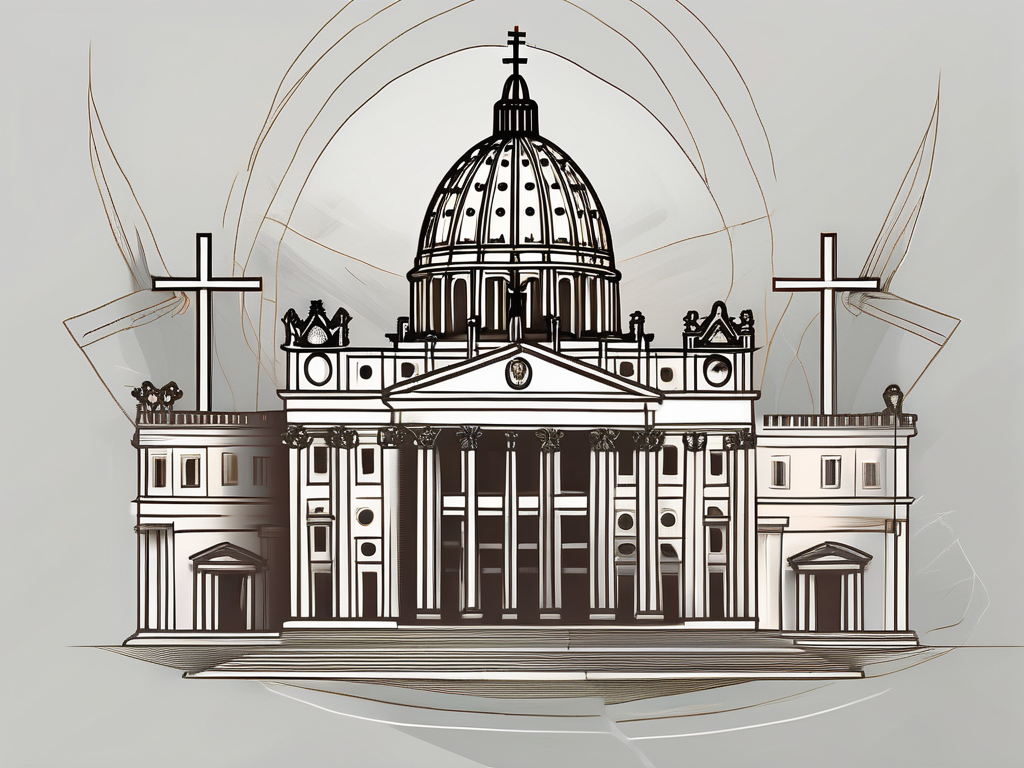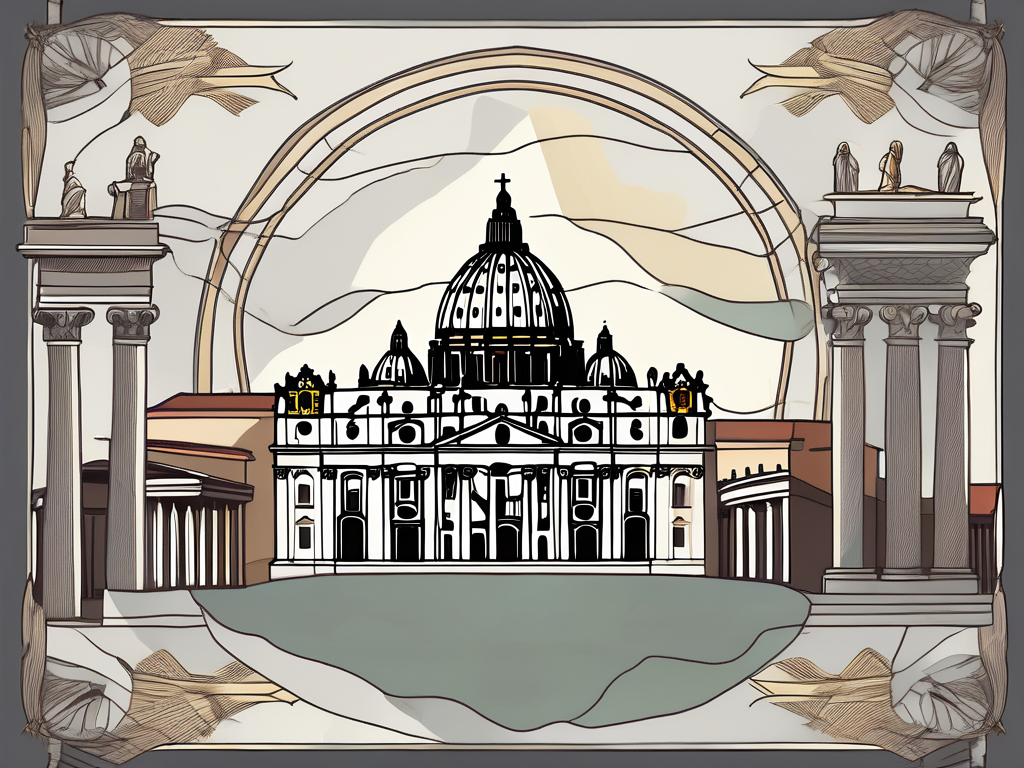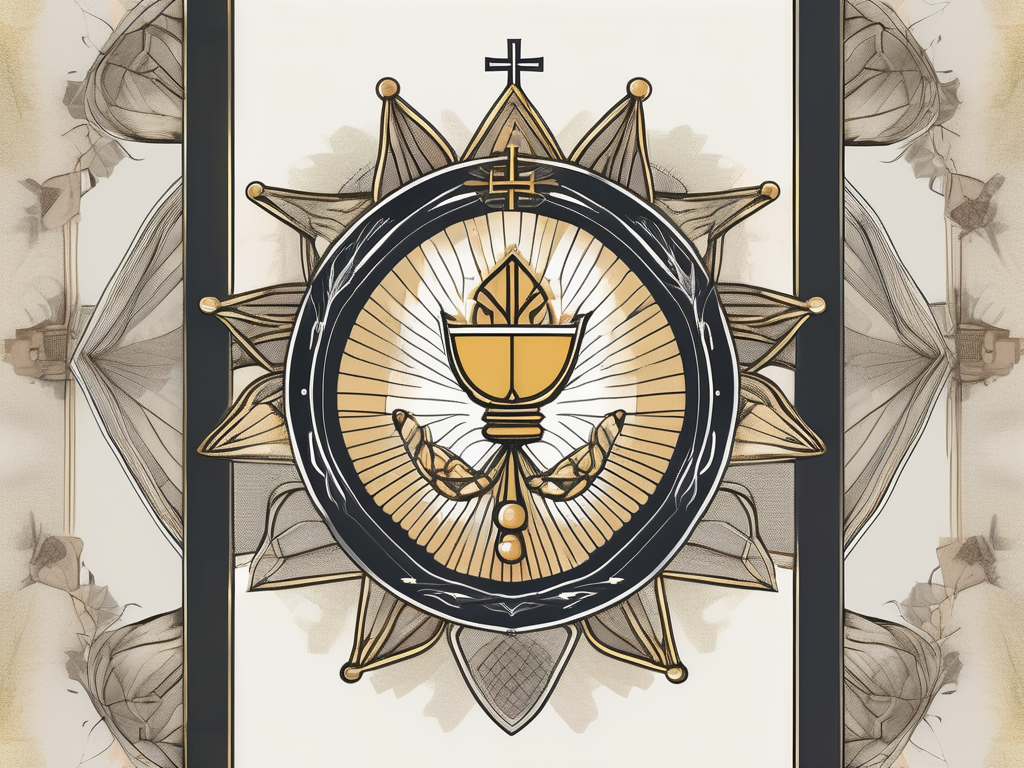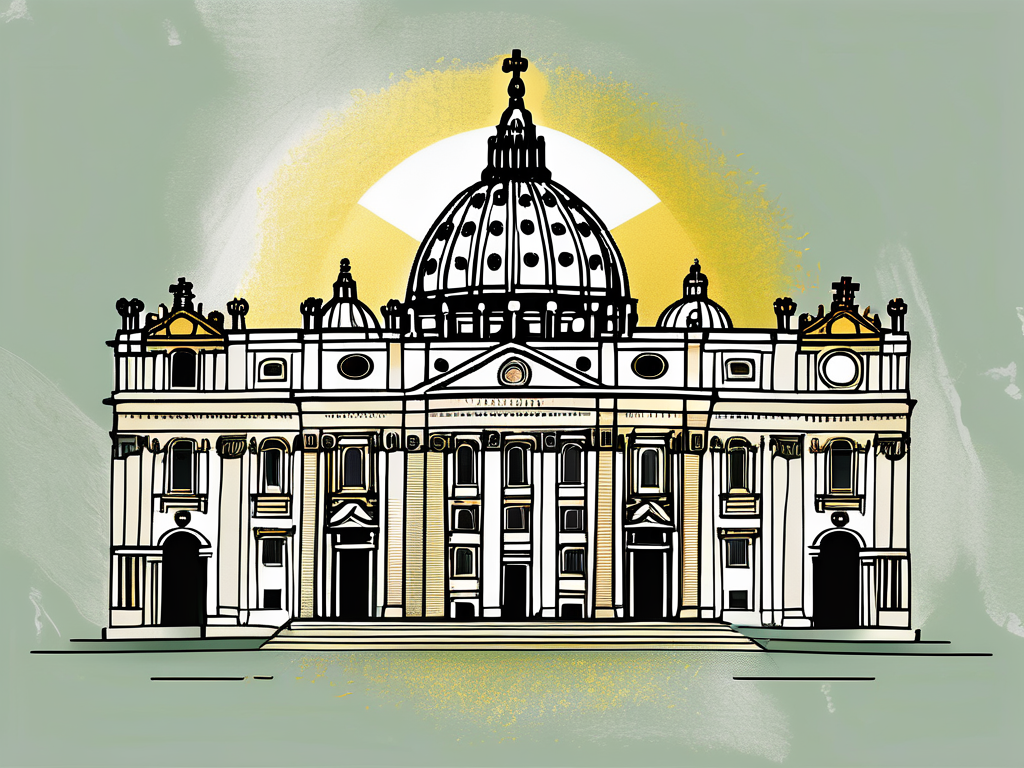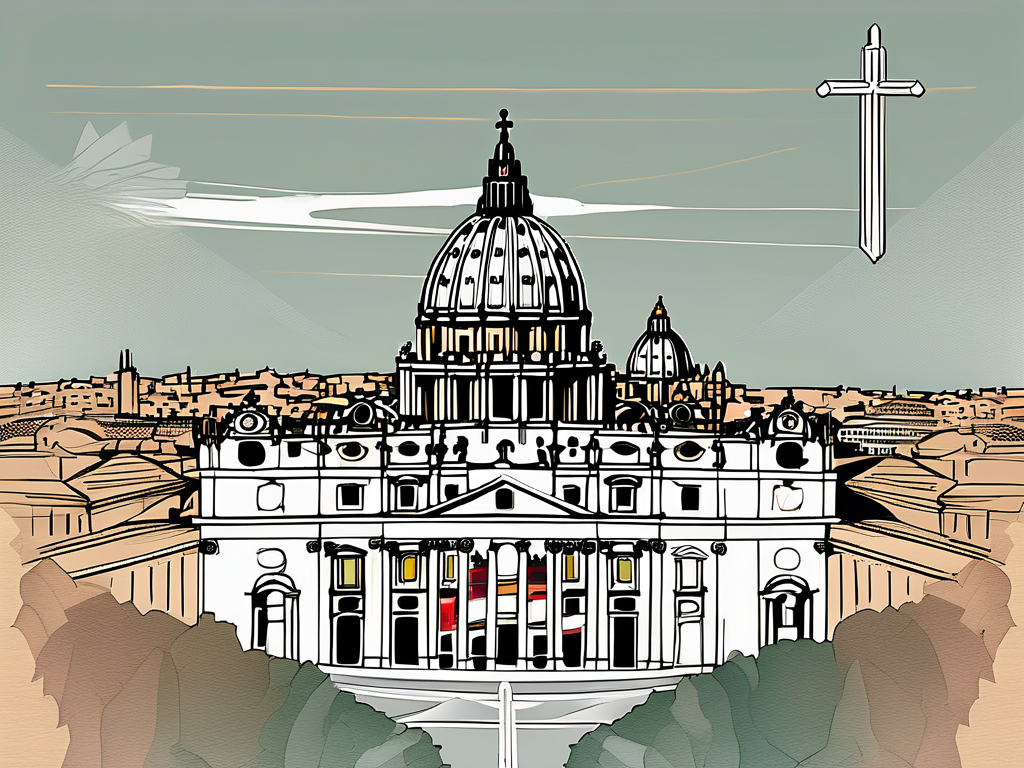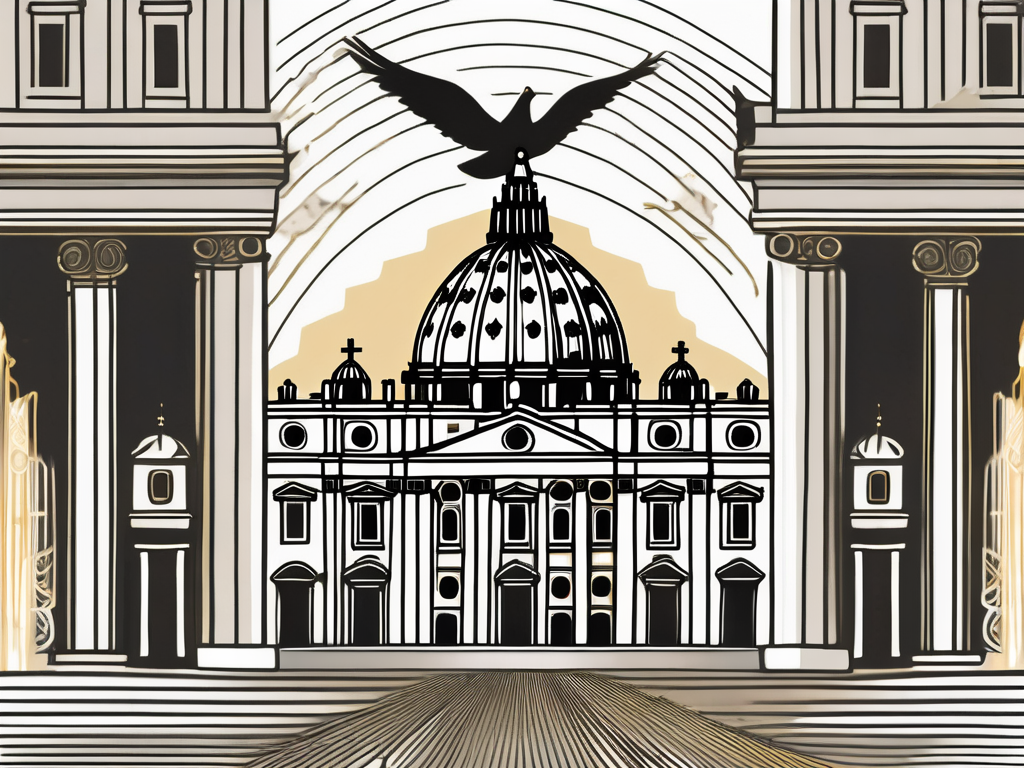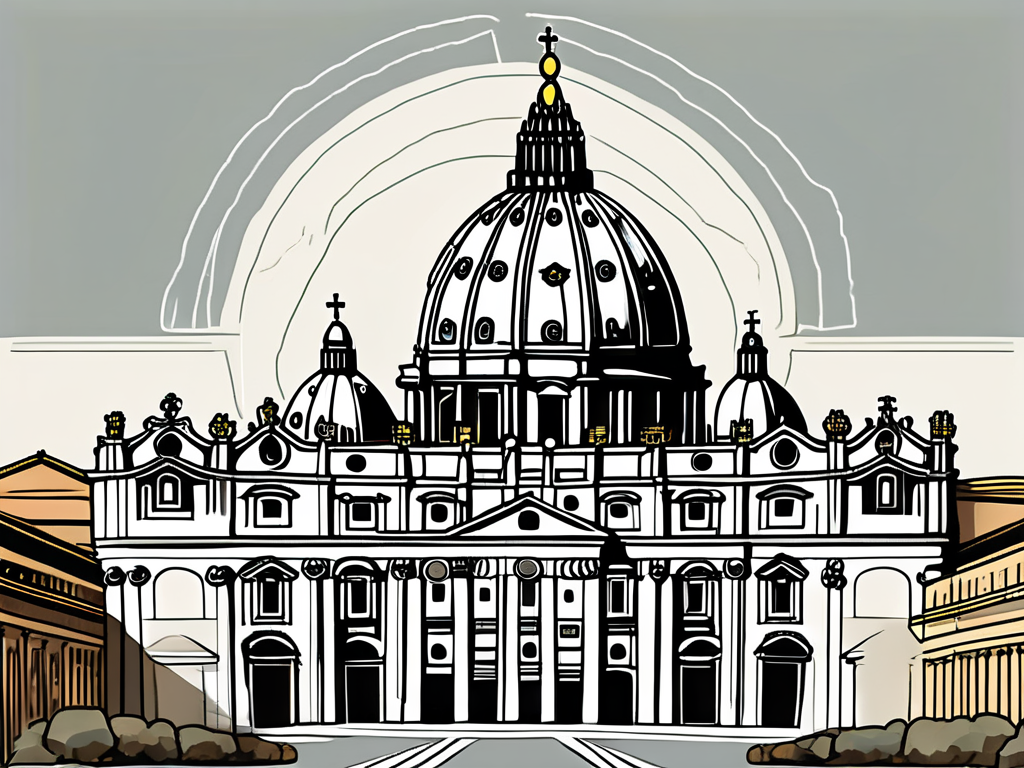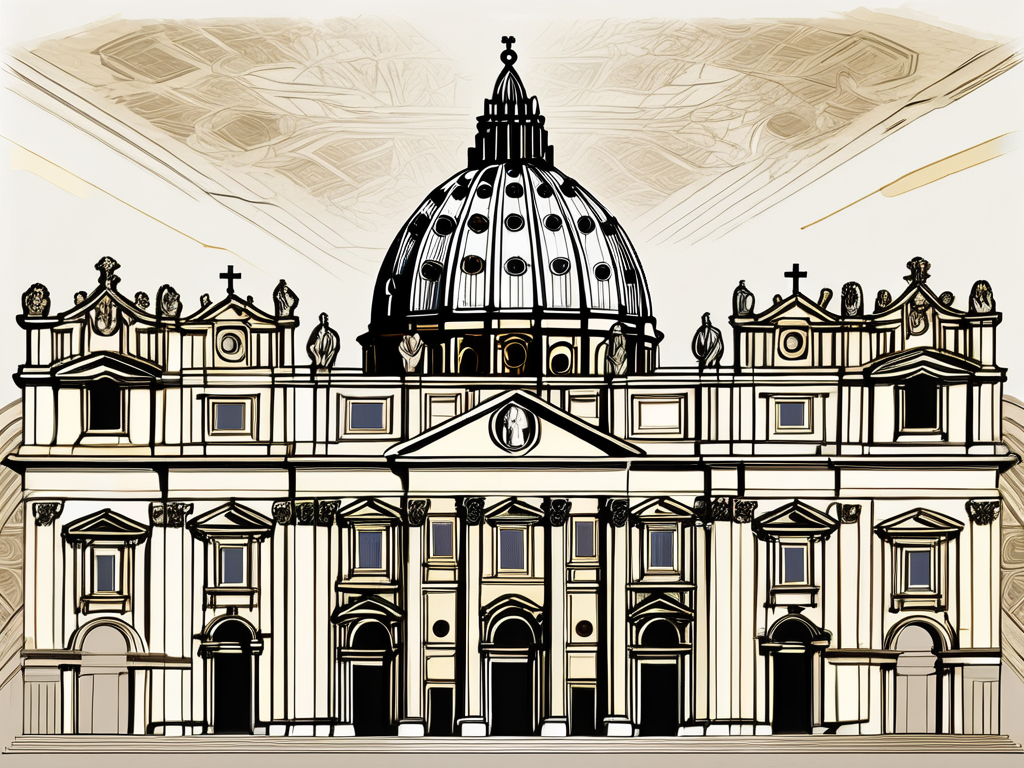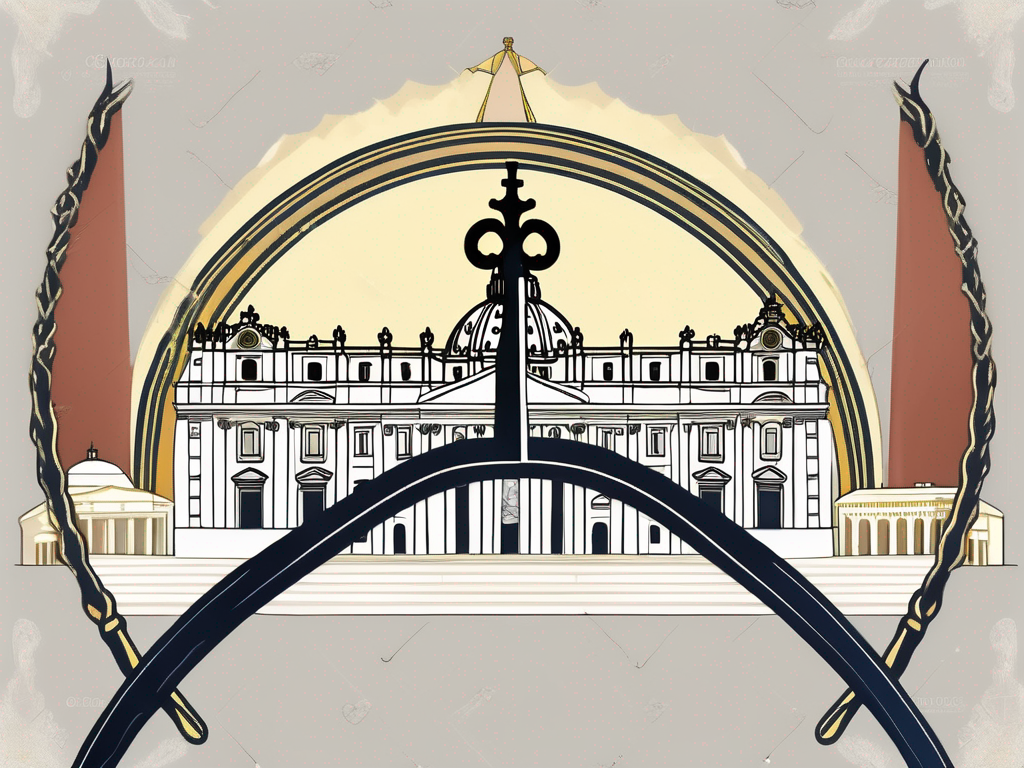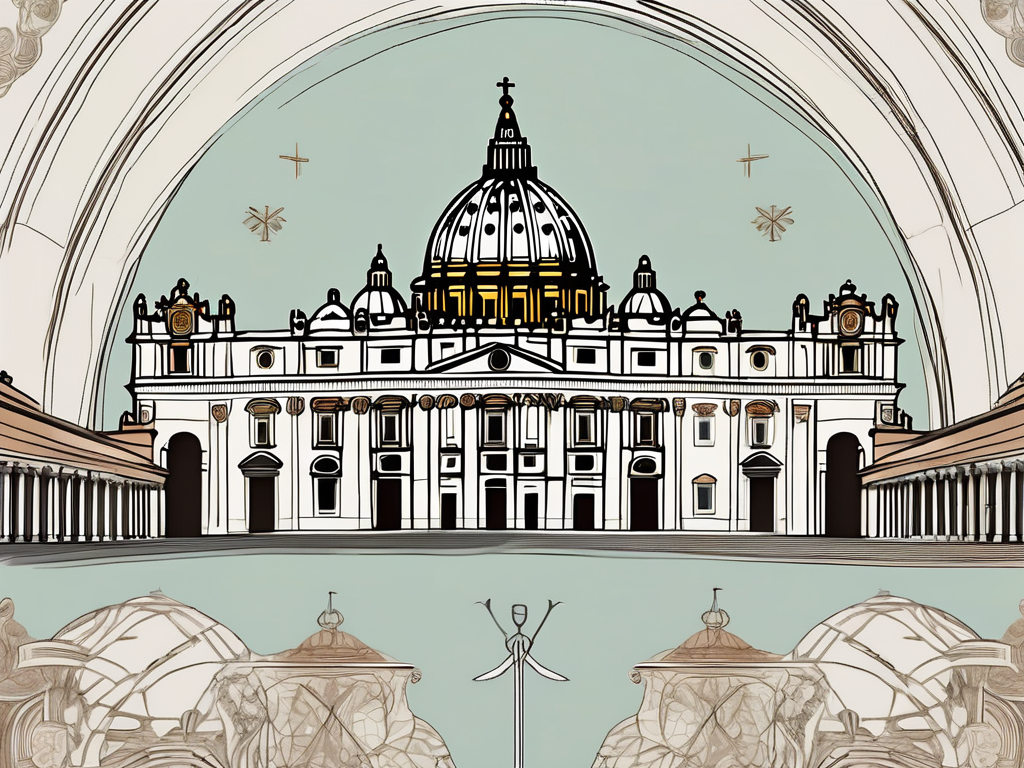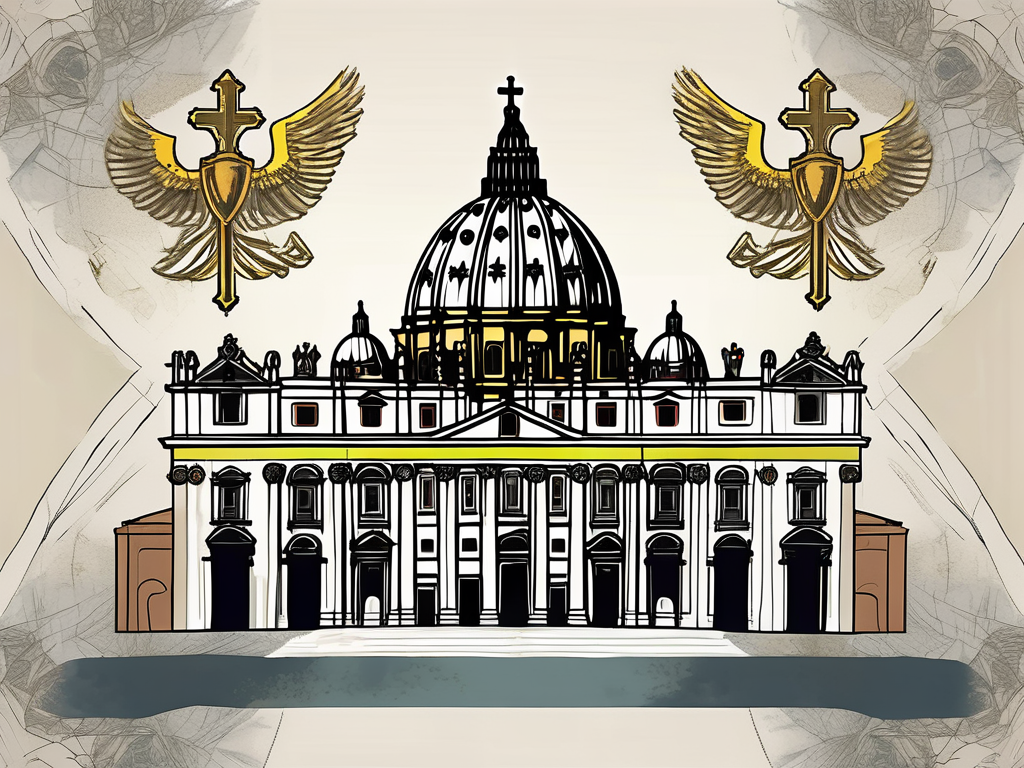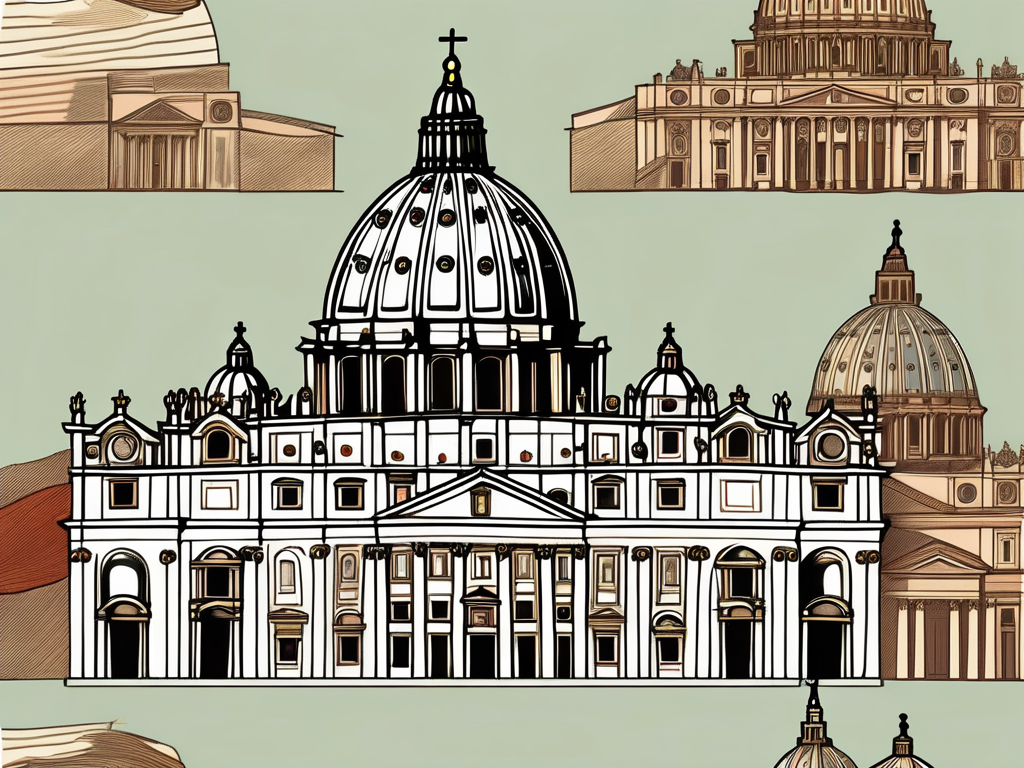Pope Paul III, born Alessandro Farnese, was one of the most influential and controversial figures of the Renaissance era. His actions as Pope shaped the course of history and left a lasting impact on the Catholic Church. Let’s delve into the intriguing life and legacy of this remarkable pontiff.
Early Life and Education of Alessandro Farnese
Alessandro Farnese was born on February 29, 1468, into a noble Italian family with deep roots in Rome. His parents, Pierluigi Farnese and Giovanna Caetani, provided him with a privileged upbringing. This privileged background allowed Alessandro to receive an excellent education, which became the foundation for his future success.
From an early age, Alessandro showed a keen interest in the arts and humanities. His love for literature and his insatiable appetite for knowledge set him apart from his peers. As he grew older, his thirst for learning only intensified, leading him to pursue a career in the Church.
Birth and Family Background
Alessandro Farnese was born into the illustrious Farnese family, renowned for their influence and power in Italian society. The Farnese family’s origins can be traced back to the 12th century, when they established themselves as a prominent noble family in the region of Lazio. Over the centuries, the family’s wealth and status grew, and they became one of the most influential families in Rome.
Alessandro’s father, Pierluigi Farnese, was a skilled diplomat and military commander, known for his shrewdness and strategic thinking. His mother, Giovanna Caetani, came from another influential Roman family, the Caetani, who were known for their involvement in politics and the arts.
Being part of such a prominent dynasty afforded Alessandro certain privileges and opened doors to opportunities that would shape his future. He grew up surrounded by the finest art, literature, and culture, which further fueled his passion for the humanities.
Education and Early Career
During his early years, Alessandro received a comprehensive education that encompassed subjects like philosophy, theology, and law. His parents spared no expense in hiring the best tutors and scholars to educate their son. Alessandro’s education was not limited to the classroom; he also had the opportunity to travel extensively throughout Italy and Europe, visiting renowned centers of learning and engaging with scholars and intellectuals.
His broad range of knowledge proved invaluable later in his career as it enabled him to navigate the complex political and religious landscape of the time. Alessandro’s education instilled in him a deep sense of duty and a commitment to intellectual pursuits.
Upon completing his studies, Alessandro embarked on a career in the Church. His astute intellect, combined with his family’s connections, allowed him to climb the ecclesiastical ladder swiftly. Alessandro’s sharp mind and charisma earned him the reputation of a rising star within the Church hierarchy.
He quickly gained recognition for his theological expertise and was appointed to various important positions within the Church. Alessandro’s dedication to his studies and his unwavering commitment to his faith made him a respected figure among his peers.
As Alessandro’s career flourished, he became increasingly involved in the political affairs of the Papal States. His family’s influence and his own diplomatic skills made him a trusted advisor to several popes, and he played a crucial role in shaping the policies and decisions of the Church.
Alessandro Farnese’s early life and education laid the groundwork for his future achievements. His upbringing in a noble family, his passion for the arts and humanities, and his exceptional education all contributed to his success as a prominent figure in the Church and Italian society.
Ascension to Papacy
In 1534, Alessandro Farnese ascended to the papal throne, becoming Pope Paul III. His election marked a turning point in the history of the Catholic Church. As Pope, Paul III faced numerous challenges, but he also made significant contributions and implemented crucial reforms.
Election and Papal Coronation
When Paul III was elected Pope, he brought a fresh perspective and a determination to enact meaningful change. His papal coronation symbolized a new era for the Catholic Church, one that aimed to address the growing concerns and criticisms of the time.
As the newly crowned Pope, Paul III embarked on a mission to restore the Church’s authority and strengthen its position in a rapidly changing world. He recognized the need to engage with the emerging Protestant Reformation and find ways to bridge the growing divide between Catholics and Protestants.
Paul III’s coronation ceremony was a grand affair, attended by dignitaries from across Europe. The streets of Rome were adorned with colorful banners and decorations, as the city celebrated the beginning of a new pontificate. The coronation itself was a solemn and majestic event, filled with ancient rituals and symbolic gestures that emphasized the Pope’s role as the spiritual leader of the Catholic Church.
Challenges Faced in the Early Years of Papacy
Paul III’s early years as Pope were not without obstacles. The Protestant Reformation was gaining momentum across Europe, posing a grave threat to the unity and authority of the Catholic Church. Paul III recognized the need for decisive action to counteract this growing dissent.
With a deep sense of responsibility, Pope Paul III convened the Council of Trent in 1545. This ecumenical council aimed to address the doctrinal and disciplinary issues raised by the Protestant Reformation. The council’s deliberations spanned several years and resulted in significant reforms within the Catholic Church, including the reaffirmation of traditional Catholic teachings and the establishment of new guidelines for the education and training of priests.
Moreover, corruption had infiltrated the ranks of the Church, eroding its moral authority. Paul III understood the urgency of confronting this issue head-on and ensuring transparency and accountability within the Church’s administration.
Under his leadership, Pope Paul III launched a comprehensive campaign against corruption within the Church. He established a commission to investigate allegations of misconduct and implemented stricter regulations to prevent future abuses. These efforts not only restored public trust in the Church but also set a precedent for future popes to prioritize integrity and ethical conduct.
Furthermore, Paul III was a patron of the arts and sciences. He supported renowned artists, such as Michelangelo and Raphael, who contributed to the magnificent architectural and artistic projects in Rome during his pontificate. His patronage of the arts not only beautified the city but also showcased the Church’s commitment to culture and intellectual pursuits.
In conclusion, Pope Paul III’s ascension to the papal throne marked a significant turning point in the history of the Catholic Church. Despite the challenges he faced, he implemented crucial reforms, addressed corruption, engaged with the Protestant Reformation, and promoted the arts and sciences. His legacy continues to influence the Catholic Church to this day.
Major Contributions and Reforms
During his papacy, Pope Paul III made significant contributions and implemented key reforms that would shape the course of Catholicism for centuries to come. Two areas where his influence was particularly felt were the Counter-Reformation and his patronage of the arts and architecture.
Role in the Counter-Reformation
Paul III recognized the need for the Catholic Church to address the criticisms raised by the Protestant Reformation. He convened the Council of Trent in 1545, which became a pivotal event in the Counter-Reformation. This council aimed to reaffirm and strengthen Catholic doctrine, while also addressing the concerns of those who sought reform.
Establishment of the Roman Inquisition
As part of his efforts to combat heresy and enforce doctrinal discipline, Paul III established the Roman Inquisition in 1542. This institution had the authority to investigate and suppress any thought or action that deviated from Catholic orthodoxy. While controversial, it allowed the Church to reassert its control and combat the encroaching forces of Protestantism.
Patronage of the Arts and Architecture
Pope Paul III had a deep appreciation for the arts, recognizing their potential to inspire and communicate the teachings of the Church. His patronage played a pivotal role in the development of Renaissance art and architecture.
Influence on Renaissance Art
Under Paul III’s patronage, artists such as Michelangelo and Raphael flourished. The Pope commissioned numerous works that celebrated the beauty and grandeur of the Catholic faith. These masterpieces adorned churches and palaces, serving as a testament to Paul III’s commitment to the spiritual and aesthetic enrichment of the Church.
Architectural Commissions and Renovations
Paul III’s support extended beyond the realm of art. He invested in architectural projects that aimed to elevate the majesty of the Church. Notably, he oversaw the renovation of St. Peter’s Basilica, a project that would become one of the defining achievements of his papacy.
Controversies and Criticisms
Like many powerful figures, Pope Paul III faced controversies and criticisms throughout his tenure. Two significant issues that tarnished his legacy were allegations of nepotism and corruption, as well as conflicts with the Protestant Reformation.
Nepotism and Corruption Allegations
Critics accused Pope Paul III of engaging in nepotism by appointing family members to prominent positions within the Church. While this was not uncommon at the time, it fueled discontent and brought into question the Pope’s commitment to reform.
Furthermore, corruption within the Church administration persisted, despite Paul III’s efforts to combat it. These allegations tarnished the reputation of the Church and undermined its moral authority.
Conflict with the Protestant Reformation
Paul III’s role in the Counter-Reformation inevitably led to conflict and animosity with Protestant leaders. The divide between the Catholic Church and the emerging Protestant movements deepened, exacerbating the turmoil and setting the stage for future religious conflicts.
Despite these controversies, Pope Paul III’s contributions and reforms cannot be overlooked. His actions, though far from perfect, reflect a complex figure who grappled with the challenges of his time and left an indelible mark on the Catholic Church.
In the grand tapestry of history, Pope Paul III remains a symbol of a transformative era in the Catholic Church, where the forces of reform, art, and spirituality converged. His life and legacy serve as a reminder of the complexities and enduring impact of those who shape the course of the world through their actions.
